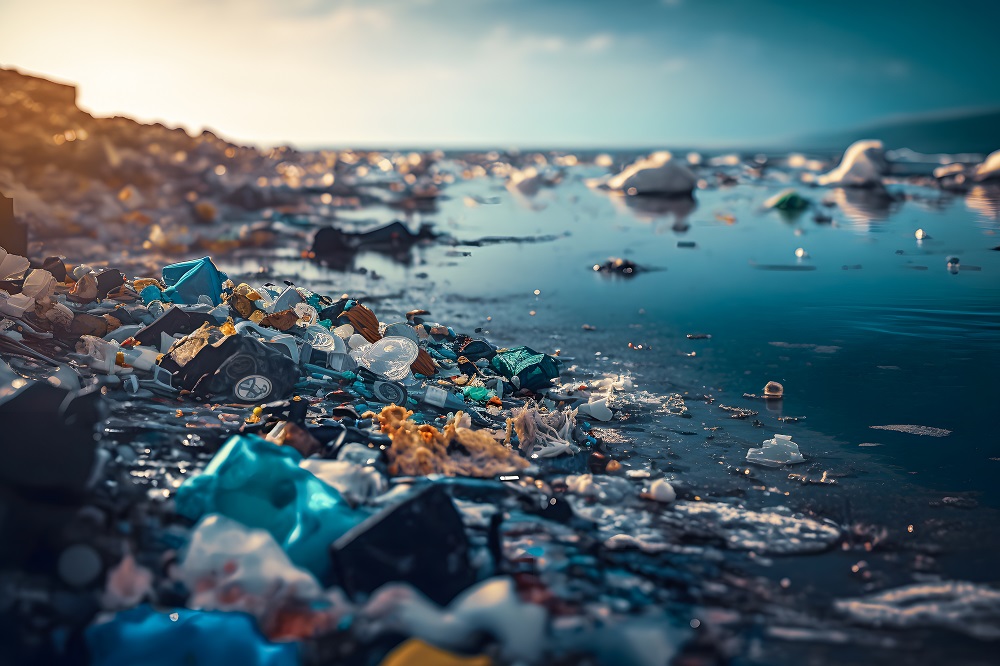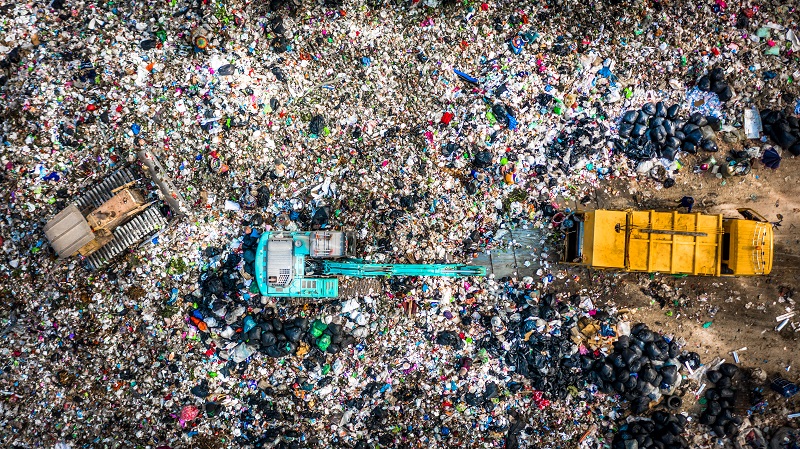
ENVISIONING CIRCULARITY: SOUTH-EAST ASIA’S PLASTICS MANAGEMENT CHALLENGE
Reading time: 2mins
Evaluating effective management and sustainable use of plastics
Executive summary
Nowhere is the threat to the environment from discarded plastic waste greater than in Asia. According to one estimate, over half of the plastic waste leaked into the world’s oceans in 2015 originated from just five countries: China, Indonesia, the Philippines, Thailand and Vietnam. Plastic leakage puts the marine, freshwater and land ecosystems of the entire region at risk, but South-east Asia faces particularly difficult challenges due to relatively undeveloped plastics management infrastructure in its largest countries.
Indonesia, Thailand and Malaysia are already among the largest generators of plastic waste in the world, all figuring in an infamous list of top 20 countries in 2016. Their predicament has only been exacerbated by the covid-19 crisis: the volumes of plastic waste generated have, if anything, increased since early 2020 (due partly to increased usage of PPE—personal protective equipment—and lockdown surges of home deliveries), according to anecdotal accounts from experts interviewed for this study.
The enforced idling of recyclers and informal waste collectors during pandemic lockdowns has compounded these difficulties. And the region’s continued importing of plastic waste from other parts of the world—which climbed sharply after China discontinued the practice in 2018—adds another layer of complexity to its plastics management challenge.
The enormous leakage of plastic waste in Southeast Asia currently shows no signs of abating, but there are reasons for optimism:
- There are signs that plastics lifecycle management is being put on a firmer foundation in the region’s largest countries. After years of neglect, governments are finally putting policies in place to regulate different aspects of plastics production, use and disposal.
- Recognising that plastic waste reduction is a cross-border challenge, the Association of South-East Asian Nations (ASEAN) is also taking action, launching a regional action plan for combatting marine plastic waste in May 2021.
- While their governments get up to speed with policy implementation, a vast informal sector of waste collectors and aggregators is performing a critical role in the region’s plastics ecosystem, delivering waste to numerous recyclers. Although fragmented and unwieldy, the informal sector can be a significant contributor to future plastics circularity if integrated more closely with the formal parts of the ecosystem.
- Finally, non-government organisations (NGOs) and social enterprises have sprung up across the region to stem the tide of plastic waste where governments and the private sector have been inactive or ineffective. These are attracting the material support of international organisations, which are also advising governments and mobilising multi-stakeholder initiatives to promote plastics circularity.
However, there is no understating the scale of the challenge the region’s countries face—no less than the creation of a new framework for managing the lifecycle of plastic products, extending from design to production to consumption to disposal and beyond. The ultimate goal must be to close this loop and achieve plastics circularity.
Key South-east Asia findings of The Plastics Management Index
As detailed in this programme’s flagship report, the Plastics Management Index (PMI) compares how 25 countries manage their plastics lifecycle. The PMI includes four South-east Asian nations: Indonesia, Malaysia, Thailand and Vietnam. The countries’ scores and ranks are based on their performance in three categories of indicators: governance, capacity infrastructure and stakeholder engagement. The index’s main findings specific to South-east Asia are as follows:
Plastics Management

The future of the ocean:
Part Two
Reading time: 8mins

The future of the ocean:
The tech to tackle plastics
Reading time: 8mins

Peak plastics: bending the consumption curve
Reading time: 10mins

Plastics Management Index Whitepaper
Reading time: 16mins
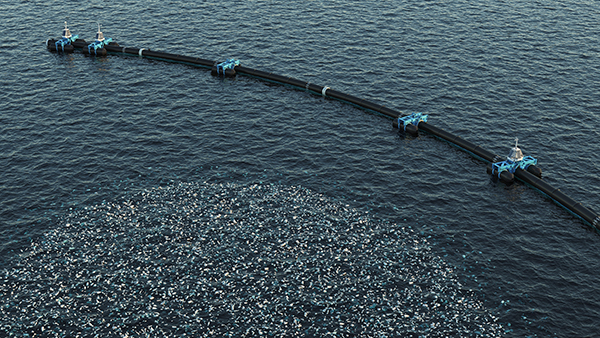
Businesses and consumers' attitudes to plastics use and management
Reading time: 5mins

FROM INTENTION TO ACTION: INDIA’S PLASTICS MANAGEMENT CHALLENGE
Reading time: 2mins
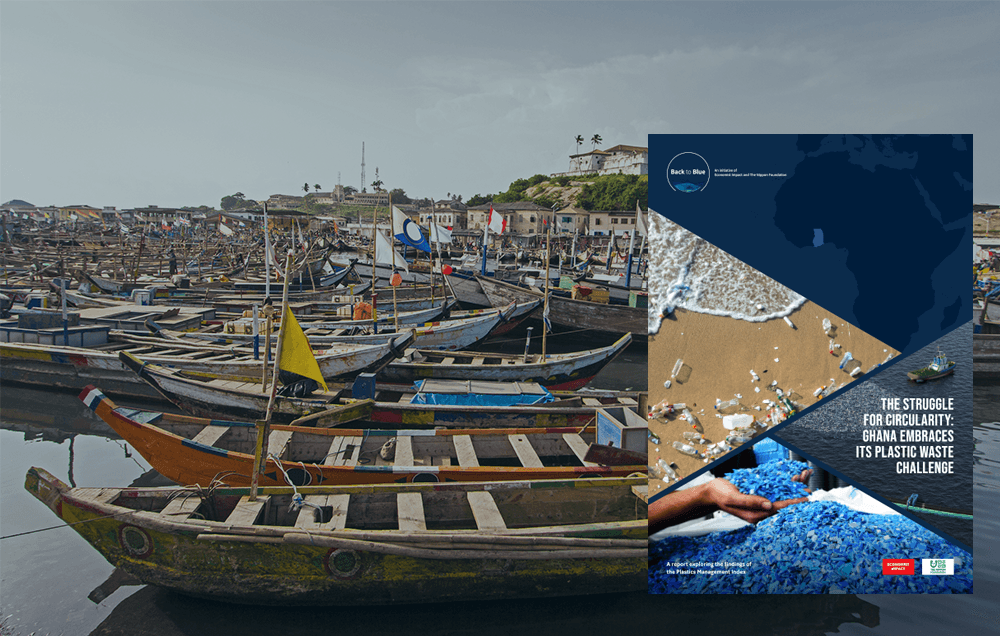
THE STRUGGLE FOR CIRCULARITY: GHANA EMBRACES ITS PLASTIC WASTE CHALLENGE
Reading time: 2mins
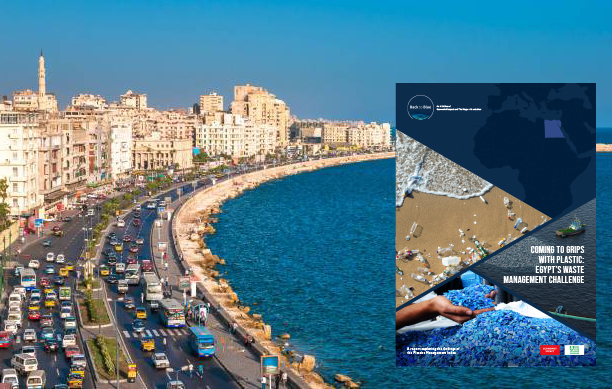
COMING TO GRIPS WITH PLASTIC: EGYPT’S WASTE MANAGEMENT CHALLENGE
Reading time: 2mins
videos
THANK YOU
Thank you for your interest in Back to Blue, please feel free to explore our content.
CONTACT THE BACK TO BLUE TEAM
If you would like to co-design the Back to Blue roadmap or have feedback on content, events, editorial or media-related feedback, please fill out the form below. Thank you.
Back to Blue is an initiative of Economist Impact and The Nippon Foundation, two organisations that share a common understanding of the need to improve evidence-based approaches and solutions to the pressing issues faced by the ocean, and to restoring ocean health and promoting sustainability










